Choosing the Perfect Airbrush Compressor
An airbrush is a versatile tool used in countless fields, from intricate art forms like scale modeling and nail design to more unexpected applications such as taxidermy and baking. However, the magic of an airbrush lies not only in the tool itself but in the compressor behind it. NO-NAME compressors by SprayGunner are among the best options for airbrush users of all levels, offering tailored solutions for a wide range of creative and professional needs.
In this guide, we’ll explore NO-NAME’s compressor lineup, their key features, and how they cater to various airbrush applications.
Why Choosing the Right Compressor Matters
The compressor is the backbone of any airbrush system, responsible for delivering the consistent airflow needed for precise paint application. A high-quality compressor ensures:
- Smooth Operation: Minimizes pulsation for even paint flow.
- Versatility: Supports various airbrushes and mediums.
- Durability: Provides long-term reliability for demanding projects.
- Quiet Use: Reduces noise, making it suitable for indoor or extended use.
Selecting the wrong compressor can lead to frustration, uneven results, and limited capabilities. NO-NAME compressors excel in meeting diverse needs, making them a standout choice for beginners and professionals alike.
NO-NAME Compressor Lineup: A Solution for Every Need

1. Cordless Airbrush Compressor: Compact and Portable
The cordless NO-NAME compressor is a budget-friendly, battery-powered option perfect for beginners and professionals needing a portable solution. It comes with either a trigger type or a double-action airbrush.
Ideal For:
- Small, Detailed Projects: Perfect for nail art, cake decorating, and quick touch-ups.
- On-the-Go Creativity: Taxidermists and crafters working in varying locations appreciate its portability.
Pros:
- Extremely lightweight and portable.
- Affordable, making it a great entry point for new airbrush users.
- Easy to set up and use.
Cons:
- Limited power and air volume—best for smaller projects.
- Battery life may require frequent recharging during long sessions.
User Insights:
Many users praise this compressor for its simplicity and convenience but note that it’s better suited for detail-oriented tasks rather than large-scale applications.

2. Rooty Tooty Compressor: Reliable Performance for Most Users
Rooty Tooty is a step up, featuring a powerful motor with a built-in cooling fan to handle longer sessions without overheating.
Ideal For:
- Scale Modeling & Miniatures: Taxidermy painting, figure detailing, and prop design.
- Educational Settings: Schools and workshops for students learning airbrushing.
Pros:
- Supports a wide range of airbrushes for various mediums.
- Built-in cooling fan for prolonged use.
- Compact yet powerful.
Cons:
- Slightly louder than models in metal shell.
User Insights:
Artists describe Rooty Tooty as a reliable workhorse, well-suited for hobbyists and professionals who need consistent airflow during medium-length sessions.

3. Cool Tooty Compressor: The Best All-Rounder
Cool Tooty improves upon Rooty Tooty by adding a 3-liter air tank, ensuring stable airflow and making it suitable for an even broader range of airbrushes.
Ideal For:
- Automotive Detailing: Custom designs on vehicles.
- Textile Art: T-shirt painting and fabric customization.
- Illustrators and Fine Artists: Seamless gradients and consistent details.
- Scale Modeling and Figure Painting: Use any airbrush or technique.
Pros:
- Tank provides consistent pressure for precision work.
- Operates quietly—ideal for indoor studios.
- Handles most airbrush applications with ease.
Cons:
- Larger size compared to tankless compressors.
User Insights:
Artists and professionals alike call Cool Tooty a “do-it-all” compressor, offering a balance of power, precision, and reliability.

4. Master Blaster II: Power for Bigger Projects
With its dual-piston system, the Master Blaster II is a powerhouse, designed for larger tasks and demanding applications. Its metal casing protects the internal components, and it includes a built-in airbrush holder for added convenience.
Ideal For:
- Automotive Painting: Large surfaces and intricate detailing.
- Prop and Costume Design: Creating realistic textures and effects for theater or cosplay.
- DIY Crafts and Furniture: Handles varnishes, stains, and custom finishes.
Pros:
- Dual pistons for increased power.
- Durable, protective casing for longevity.
- Excellent for medium to large-scale projects.
Cons:
- Heavier and less portable; better for dedicated workspaces.
User Insights:
Users value the Master Blaster II for its efficiency and reliability on bigger jobs, though it’s best suited for a permanent studio setup.

5. Super Cool Tooty: The Ultimate Workhorse
The Super Cool Tooty is the most powerful compressor in the NO-NAME lineup, designed to handle high-demand airbrushes like the NO-NAME MINIGUN.
Ideal For:
- Industrial Applications: Large-scale projects requiring maximum power.
- Airbrush Enthusiasts: Professionals working on everything from murals to large props.
- Custom Painting: Motorcycles, helmets, and larger automotive surfaces.
Pros:
- Unmatched power for demanding applications.
- Robust construction ensures durability.
- Capable of handling a variety of airbrushes, including those requiring high PSI.
Cons:
- Heavy and bulky—requires ample workspace.
- Louder than other models in the line-up
User Insights:
Users describe the Super Cool Tooty as a “beast” that effortlessly handles the most challenging projects, providing steady performance for extended periods.
Applications Beyond the Usual
While traditional niches like figure painting, cake decorating, and nail art are well-known, airbrush compressors also shine in less conventional applications:
- Taxidermy: Used for realistic detailing on animal mounts.
- Body Art & Temporary Tattoos: Quick application and clean lines for events or competitions.
- Furniture Restoration: Applying varnishes and creating artistic finishes.
- Props for Film & Theater: Realistic aging, texturing, and painting effects.
Choosing the Right Compressor
The best airbrush compressor is one that aligns with your needs, project scale, and level of expertise. NO-NAME compressors offer versatile options tailored to a variety of applications, ensuring reliable performance and durability.
Whether you’re just starting with a cordless compressor or diving into professional work with the Super Cool Tooty, investing in a high-quality compressor ensures your creative vision comes to life with precision and ease.
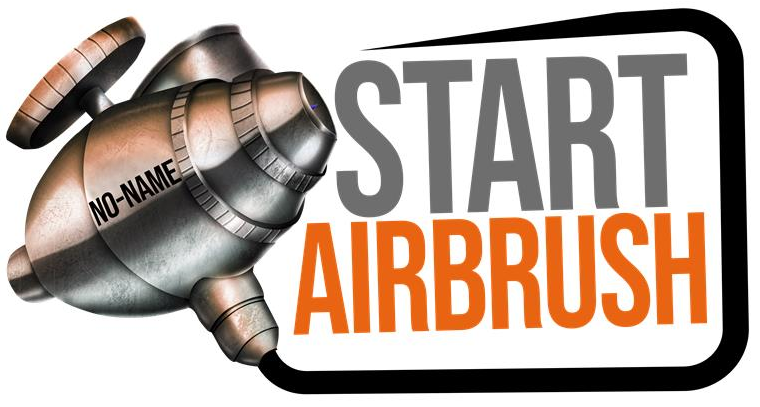
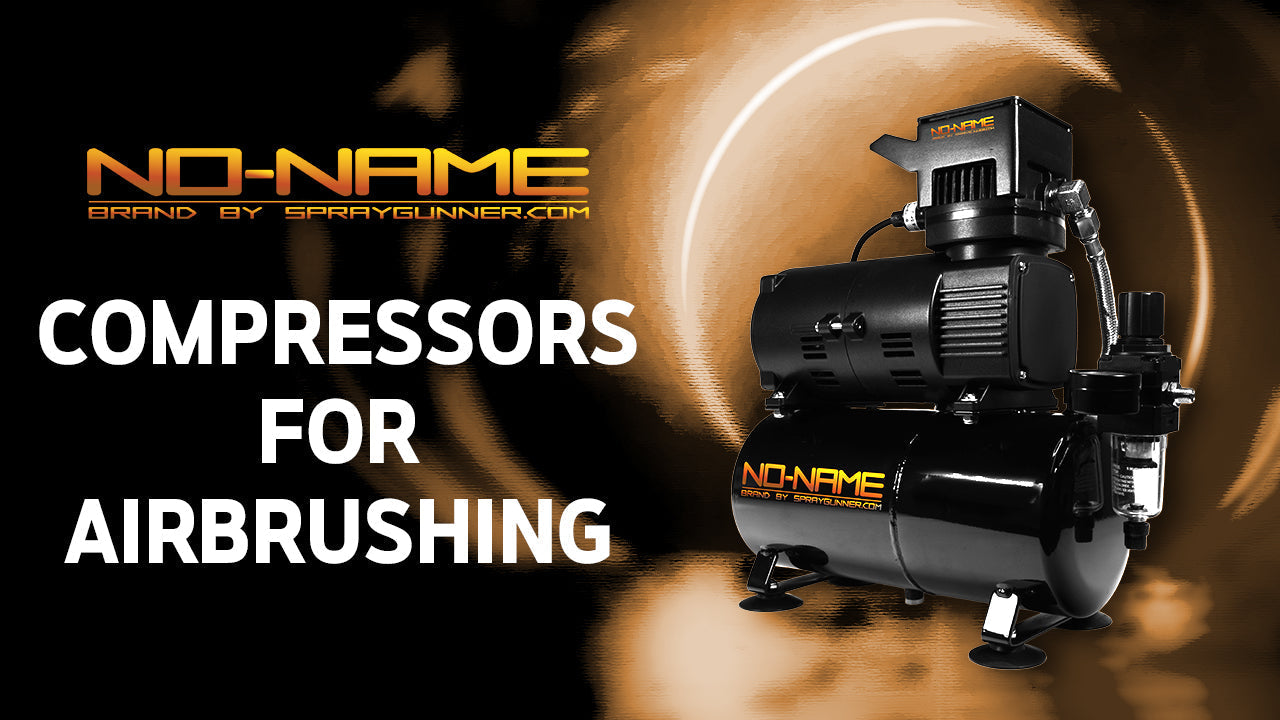
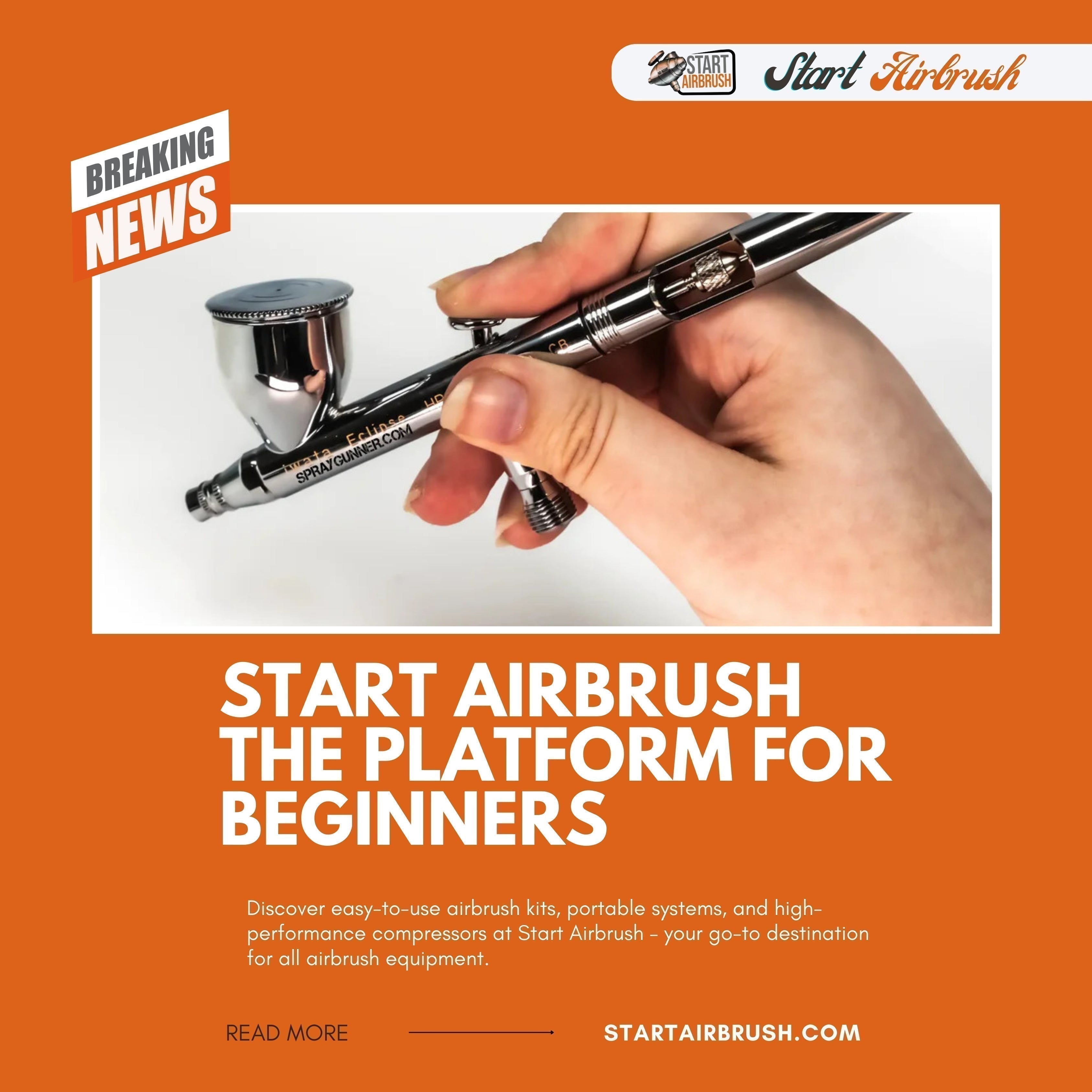
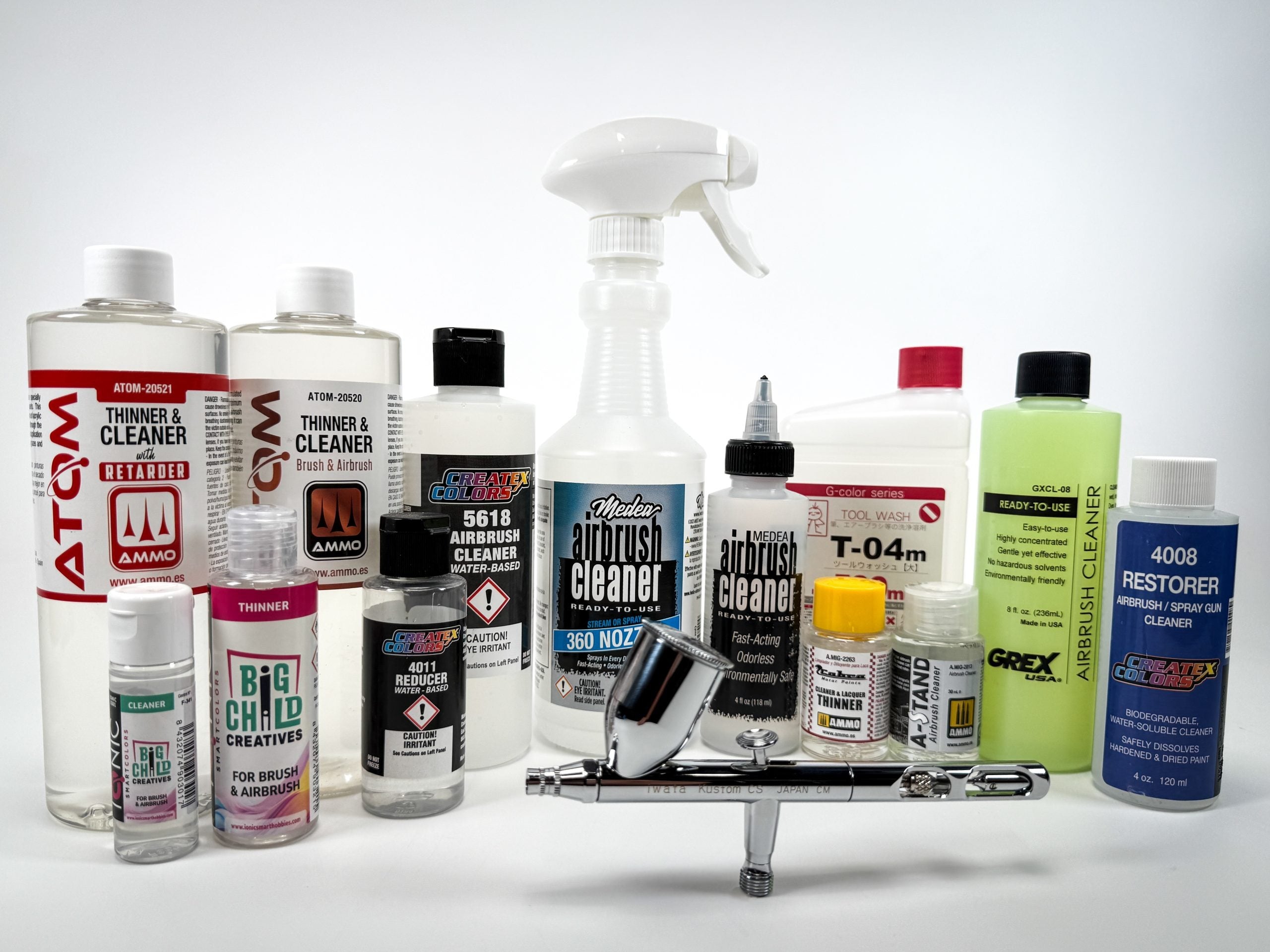
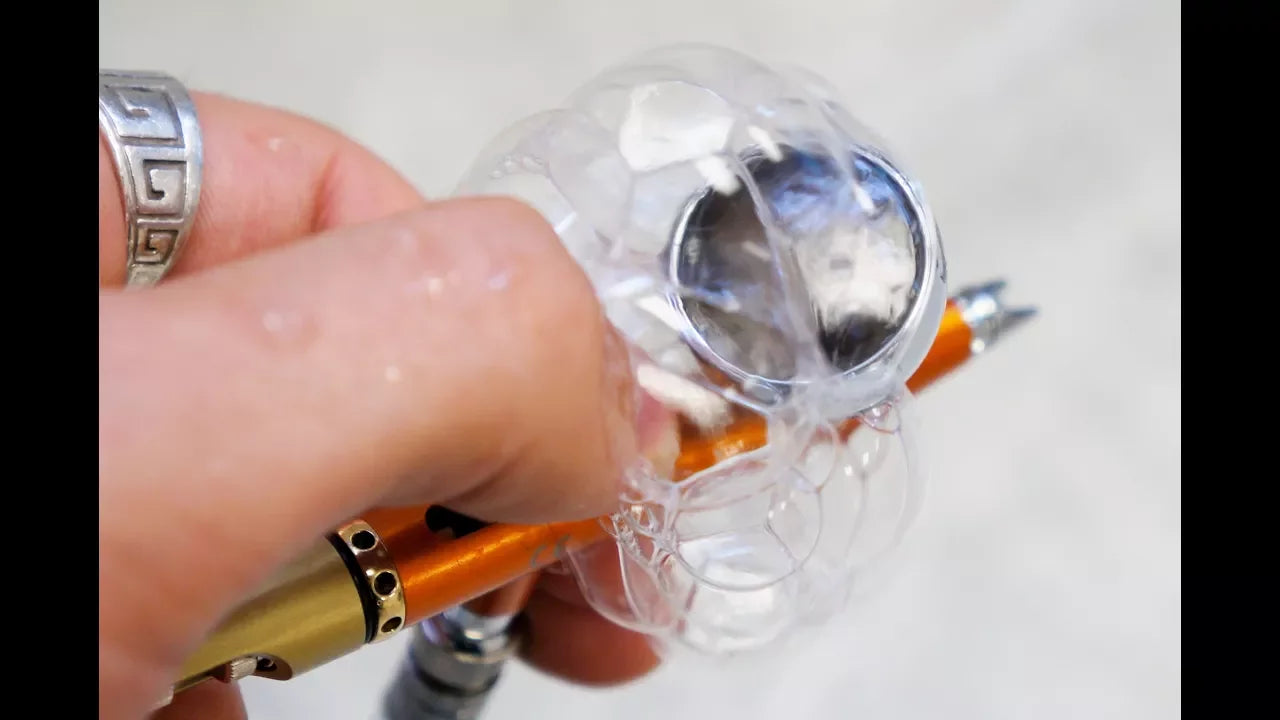
Share:
Bubbles in Airbrush Paint Cup
Step-by-Step Guide to Effectively Clean Your Airbrush